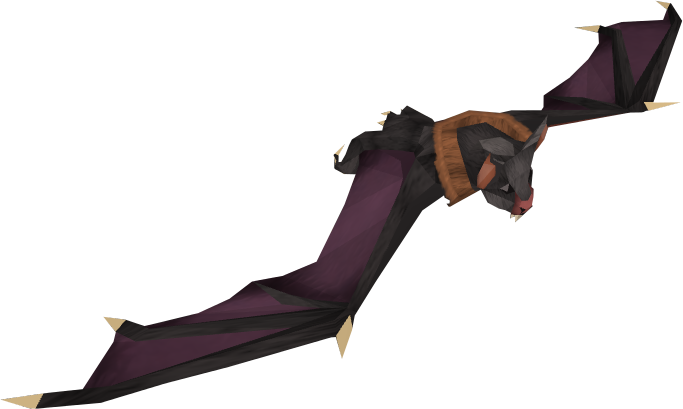

Tolkien had to be changed due to copyright disputes (such as the balor, originally named Balrog), and fictional elements were altered to further distance D&D from Tolkien's writings.

In some cases, these borrowings have resulted in legal battles, such as when names taken from the works of J.R.R. īecause of their broad, inclusive background, D&D monsters have been called a pastiche of sources, freely combining qualities of classical works as well as modern or wholly original creations. The mimic disguises itself as a chest, thwarting players expecting to find treasure. The rust monster and owlbear, for instance, were based on toys purchased at a discount store. Monsters such as the gelatinous cube have been described as "uniquely weird," inspired by unusual sources or designed to suit the particular needs of a role-playing game. Original monsters have also been included in Dungeons & Dragons, and these are among the game's most memorable. Monsters are adapted to fit the needs of the game's writers and publishers, such as by describing combat abilities that may have been absent or only implied by an original source. In game books, monsters are typically presented with illustrations, fictional elements, and game statistics. Mauricio Rangel Jiménez goes so far to say that a basic knowledge of mythology, religion and fantasy is required to keep pace with the game. The sources of Dungeons & Dragons monsters are diverse, including mythology, medieval bestiaries, science-fiction and fantasy literature, and film.

įor publication history, see Monster Manual.
The term monster in Dungeons & Dragons can refer to a variety of creatures, including traditional monsters such as dragons, supernatural creatures such as ghosts, and mundane or fantastic animals-in short, "an enormous heterogeneous collection of natural and monstrous foes." While many monsters are adapted from pre-existing myths and legends, others have been invented specifically for the game, sometimes having characteristics specifically suited to the mechanics of the game. Described as an "essential" part of Dungeons & Dragons, the game's monsters have become notable in their own right, influencing fields such as video games and fiction, as well as popular culture. Since the game's first edition in 1974, a bestiary was included along other game manuals, first called Monsters & Treasure and now commonly called the Monster Manual. In the Dungeons & Dragons fantasy role-playing game, "monsters" are generally the antagonists which players must fight and defeat to progress in the game.


 0 kommentar(er)
0 kommentar(er)
